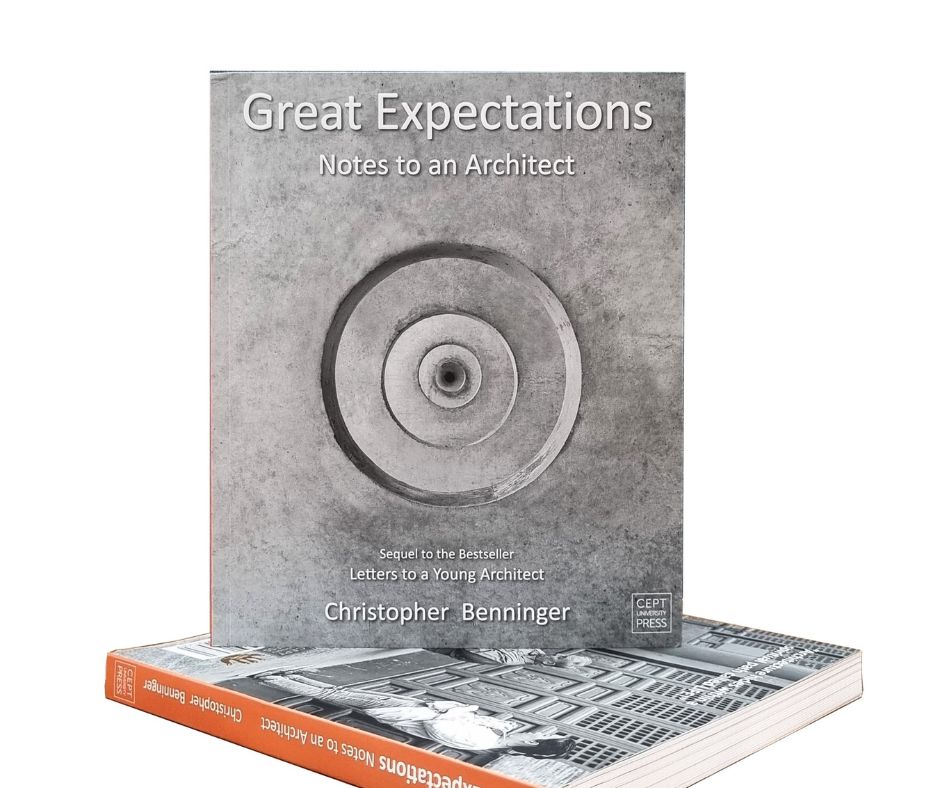We have grown up through school and college years marking each year, Teacher’s Day. But often this celebration would amount to little more than a rose given to a teacher and more recently even less a WhatsApp or Facebook message. But we must know it more as the birth anniversary of our first vice president and second president Sarvepalli Radhakrishnan and one of India’s foremost educators. Sept. 05, the date itself was cleverly referenced and made famous most recently as the one scratched on the wall atop a community water supply tank in wet cement plaster in a state of drunken rage by a student of engineering in the popular Bollywood film 3 Idiots. Occasions such as these must push us all to think about the nature of education, the role of a teacher, the responsibility of a student and the sheer joy of learning. Reading of the philosophy of the first teacher of modern India, must encourage us to suggest and execute a significant shift in approach to the idea of teaching in general and that of design and architectural studio based learning in particular. Most colleges and institutes even at the graduate level continue to look at education in the same way as schools approach it, as a uni-directional transmission always from teacher to student. Education must move away from this tendency.
S Radhakrishnan was a philosopher and a teacher who in his work amalgamated elements of Vedantic philosophy with the philosophical traditions of the West. His knowledge of one and experience through his upbringing of the other allowed him to take from them both and often transcend them to achieve newer formulations. It is for this reason that he is recognised in his role of scholar as ‘a builder of bridges’ between these two traditions. He believed in the Advaita (non-dualist) school of thought with its links to the smarta tradition, leading him to realise ‘the centrality of devotional practice.’ This for him developed into the realm of experience. Experience of that which is around us or a world composed of experiences (prakriti), for Radhakrishnan, sat effortlessly with a reading of metaphysics which he formulated as a belief in the absolute ideal (brahman). Another key contributor of the time to the field of metaphysics Carl Stumpf (1848-1936), founder of the Berlin Institute of Psychology (1893) that initiated the Gestalt school of thought echoes this formulation. The concept of the gestalt or ‘whole form’ suggests that reality is a set of perceptions of objects as seen within their context in entirety. Stumpf himself suggests the idea of a critical realism and that the outside world is constructed by us as a set of assumptions and hypotheses which for him are drawn up and maintainable only based upon our experiences that enable us “to calculate” as he puts it, the course of future events.
For Radhakrishnan the brahman is without characteristic and distinction. It is the nirgun. And yet in a fractal sort of way is identical to the absolute aatma that translates albeit in an imprecise manner to soul or consciousness. In the context of the creative practice of design this should mean a realisation that knowledge itself is limitless and an absolute whole both all encompassing and completely internalising at the same time. Therefore in its mode of teaching there cannot possibly be a reduced yet sufficient version of it that one individual, a set of individuals or institute can transmit in whole to a set of students in the limited stipulated period of time that they are engaged with each other. This realisation must encourage institutes of higher learning in the design fields to reassess and articulate afresh their role in the system of education.
The fields of design and architecture in particular ask of their practitioners an ability to create solutions to tasks that are aesthetic i.e. pleasing, stimulating and invigorating to the mind while being logical, efficient, feasible and in execution economical of financial and material resources. This thus asks of them the ability to process a whole host of inter related complexities that may not be apparent even to the most qualified individual at first glance. The role of experience with its implied aspects of vast exposure to a range of situations and events as well as the repetitive performance of tasks in an almost ritualistic way has always been of great value to the judging of a design practitioner. This has been seen to create in the practitioner a repository of seen and unseen experiences, which in the gestalt way enabled the practitioner to be other than (not greater than) the sum of all these experiences, i.e. she may have an existence that is in some innate way able to process the experiences as inputs and yet surpass or even entirely sidestep their assimilation. This must foreground therefore the role of the studio as a space of doing. A space to try, experiment and fail if only to be able to succeed again. This also must make us as educators in architecture facilitators to a process of exploration driven by each individual student more than teachers in the conventional sense who seek to transmit specific information or skills to students.
Educators must attempt only to expose students to the widest possible breadth of influences and encourage each student to critically examine each of them for her own self enabling considered analysis and decision making. The dominant location of and the haloed pedestal of the teacher at the head of the class facing a group of students who are keen to merely receive, must also be diluted to create a space more of equals without this perceived barrier. The educator must see for themselves opportunities to learn as much as teach, as in the field of creativity the innovative moment can and does appear most unexpectedly.
Unfortunately, however most educators feel content to pass on information and skills that they themselves received during their period of education years and at times decades ago. The curricular structure of architectural education also remains tentative as architects have never truly agreed on what it takes to be one and so also on what must be expected of a young student to give them the tag of being one. In the absence of such a consensus and the apparent lack of will either of the institution or the majority of its faculty to stand for any articulated ideology or set of principles, it has been consistently easier to draft a prescriptive curriculum that merely enumerates certain skills that must be transmitted and that must be demonstrated by each student. As Sir Ken Robinson, the British educationist points out, public systems of education emerged during the 19th century to respond to the needs of a growing industry. Industry required certifiably trained professionals with adequate skills to perform certain tasks with a certain amount of consistency. This task of producing individuals in such a prescribed mould was earmarked for the institution, a trend that continues to this day. The uniform, the 8-hour work day, the morning, lunch and ending bells are all representative of industry’s drive towards standardisation and conformity that were adopted by these institutes at all levels.
The public system of education within which we studied, continue to practice and that has become in the last 200 plus years, the dominant mode of education globally, is based on a hierarchy of subjects and subject choices reliant on employability. It assigns merit to conformity and constantly pushes its entrants who are viewed merely as numbers, to replace genuine interests with prescribed tasks, becoming often the graveyard for students’ creativity. This in the context of architectural and design education, which is premised on the studio format, poses critical questions indeed and need urgent answering, some of which maybe lie in a critical reexamination of ideas propounded by Radhakrishnan and the Gestalt nearly a century ago.
 Kanishka Prasad is a Delhi based architect, who has been running a practice engaged in architecture, interiors and exhibition design for a decade and a half. With his wife and co-principal at the firm Vertika, the practice at Nu Design Daftar has tried to experiment and evolve new expressions in contemporary manners for traditional materials, technologies and motifs. Both of them, have also extensively engaged with design studio teaching as well as design based workshops.
Kanishka Prasad is a Delhi based architect, who has been running a practice engaged in architecture, interiors and exhibition design for a decade and a half. With his wife and co-principal at the firm Vertika, the practice at Nu Design Daftar has tried to experiment and evolve new expressions in contemporary manners for traditional materials, technologies and motifs. Both of them, have also extensively engaged with design studio teaching as well as design based workshops.







